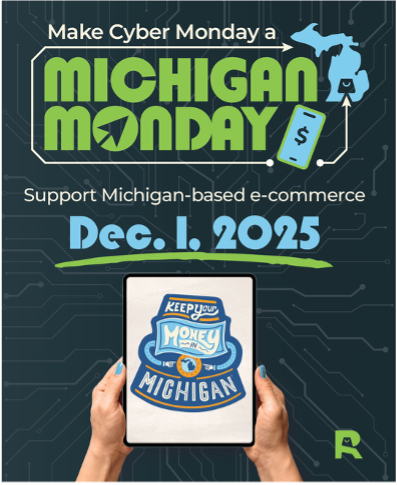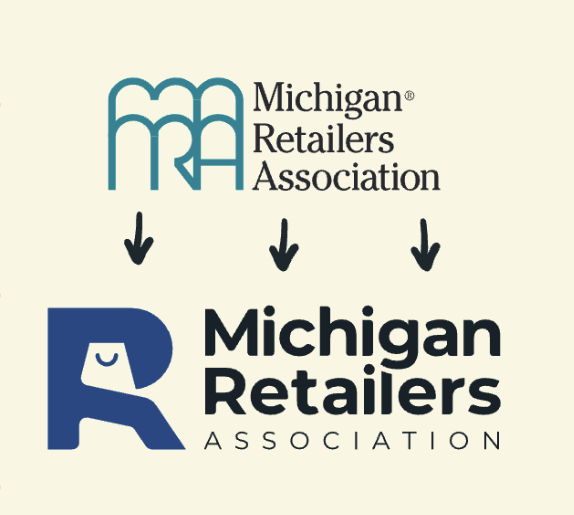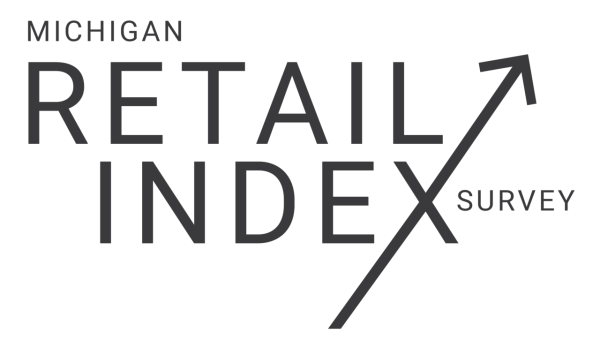By RICK HAGLUND
When Deborah and Jeffrey Pallas sought funding to expand their winemaking business in Southwest Michigan, local banks were unwilling to provide them with a conventional business loan.
“We went to a couple of banks, but they viewed us as too much of a risk,” said Deborah Pallas of Vineyard 2121, a vineyard, tasting room and retail wine business in Benton Harbor.
But she and her husband found a financing solution in the United States Department of Agriculture’s Business and Industry Guaranteed Loan Program that guarantees up to 80 percent of a business loan from a bank or credit union.
They obtained a guaranteed loan through Horizon Bank in St. Joseph that allowed them to open their tasting room and retail wine business in 2015.
While similar to the Small Business Administration’s loan guarantee programs, the USDA’s program is limited to financing businesses located in areas of less than 50,000 people.
“What we’re trying to do is play larger role in the economic development of rural communities,” said Josh Church, a USDA rural development loan specialist in Mason. “And we want to increase our role in financing retail projects that boost downtowns.”
The USDA’s business and industry loan guarantee program isn’t nearly as well known as the SBA’s much larger programs. Many businesses don’t consider financing from the USDA because of a misconception that the department finances only farm operations, Church said.
In fiscal 2016, the SBA guaranteed 2,625 loans totaling $837 million through 135 Michigan lenders, according to the SBA’s latest reported data.
SBA has a variety of loan programs. Its most popular one is the 7(a) guarantee program that can be used for a variety of business purposes, including purchasing machinery, making building improvements, acquiring and start businesses and augment working capital. The SBA will guarantee loans of up to $5.5 million in the 7(a) program.
Its 504 loan program allows the SBA to participate with financial institutions in business loans for the purchase of land, equipment, machinery and other fixed assets. The SBA provides 40 percent of the funding of a loan, up to $5 million.
The USDA typically spends about $30 million a year for its loan guarantee program in Michigan, but Church said more money could become available with higher demand. The USDA guaranteed a record $150 million in Michigan business and industry loans in 2010 during the Great Recession as many banks ended loan relationships with struggling small businesses. Church said the USDA could again fund that level of guarantees if the demand justified it.
Guarantees vary by the size of the loans. The USDA will guarantee up to 80 percent of loans up to $5 million, 70 percent for loans between $5 million and $10 million and 60 percent for loans between $10 million and a maximum $25 million.
Businesses can use the USDA loan guarantee program to purchase real estate and equipment, and to finance inventory and accounts receivable. It can also be used to refinance debt and acquire additional businesses when the loan will create or save jobs.
USDA loan guarantees can be used for mixed-use developments containing retail, office and residential uses as long as 51 percent of the venue generated by the development comes from business uses.
Banks like the USDA loan guarantee.
“It gives us extra tools to help borrows,” said Bruce Piekarski, vice president and commercial group manager at Horizon Bank, where the Pallases got their loan. “From a bank perspective, the guarantee helps reduce risk, and the guaranteed portion doesn’t count against our lending limits. We’ve used it quite a bit.”
Church said there can be some advantages for USDA loan guarantee buyers over SBA programs.
“Our loans generally have longer borrowing terms than the SBA offers for real estate and equipment,” he said. “And sometimes borrowers can get a lower rate than on an SBA loan, making the payments more affordable for borrowers.”
Interest rates are negotiated by the lender and borrower and must be reviewed by the USDA.
The USDA charges a fee of 3 percent of the total loan amount to guarantee the loan. The fee can be rolled into the loan, contrary to a misconception that it must be paid up front, Church said.
Unlike with the SBA, businesses can use the USDA loan guarantee program to finance the acquisition of non-owner occupied buildings for investment purposes, he said.
There also are a number of government grant programs for small businesses. Grants.gov is a federal government website that provides information on 1,000 federal grant programs, including those at the SBA and Department of Commerce.
Some regions take matters into their own hands. In Kalamazoo, a group of nonprofit and for-profit partners have come together to create the Kalamazoo Capital Consortium. It’s working with a dozen financial institutions to help small businesses access capital. Its online site asks businesses questions about revenue, credit score, business history and sector, location and capital needs, and then looks for appropriate lenders.
Such options are needed for entrepreneurs. Pallas said the USDA loan guarantee program was critical in helping her business grow and succeed.
“In just three years, we’ve been able to compete with (other wineries) that have been in business for 15 to 20 years,” she said.






